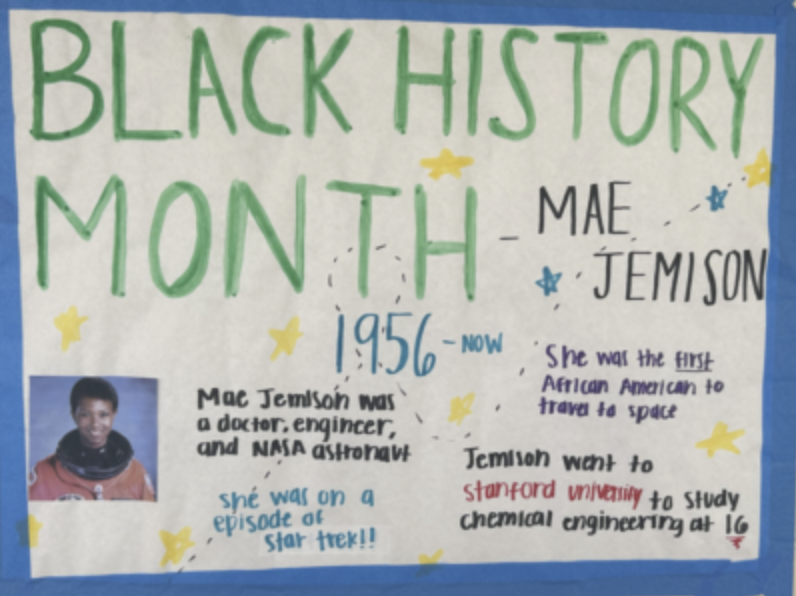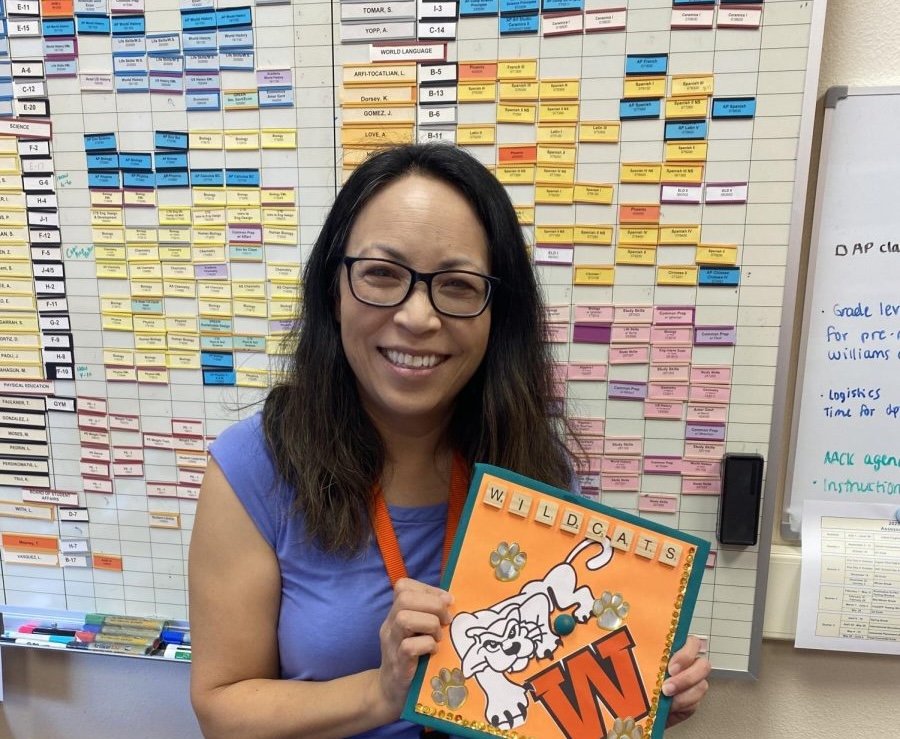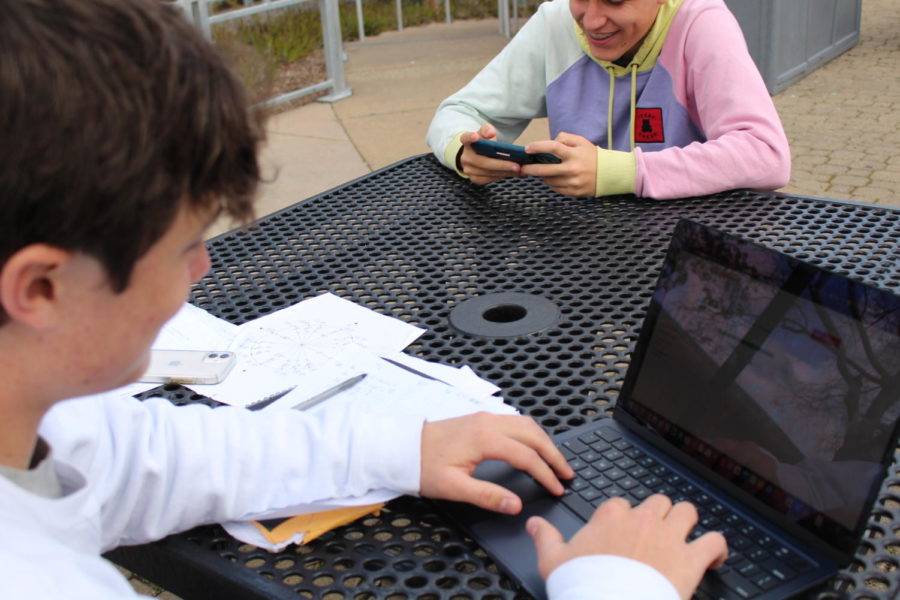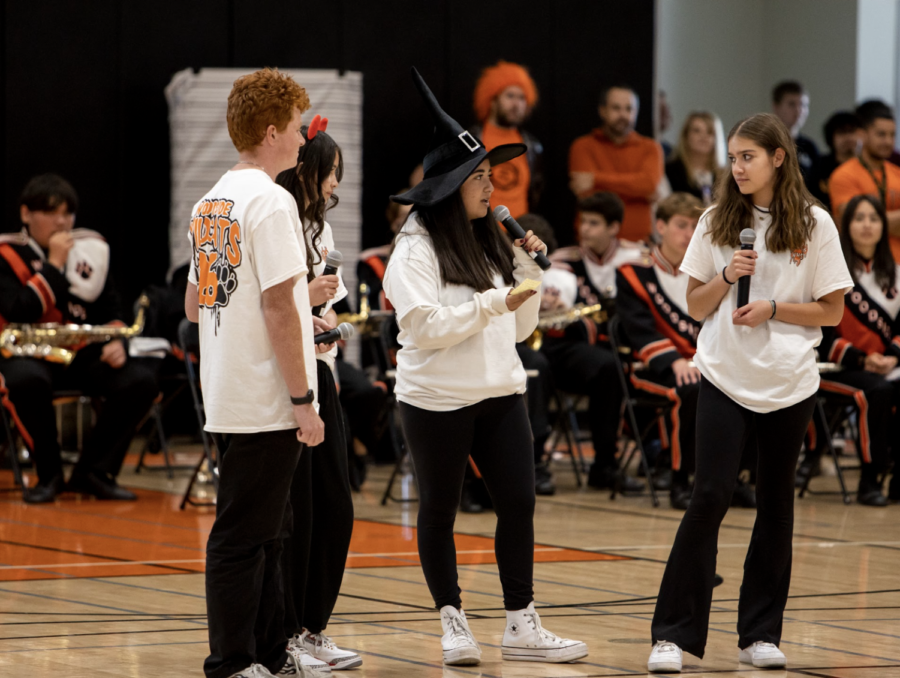As Black History Month has come to a close, many students may not be aware that “Black Resistance” was this year’s theme with the purpose of recognizing how far the African American community has come through their resilience to the many adversities they have faced. Through “Black resistance” the African American community has been able to accomplish many critical events worth remembering. Even though there are many challenges that African Americans face in our current society, many are hopeful that their power to stand up will bring positive change their way.
“Over the past few decades, we have overcome so much,” Mariah Standford, a junior at Del Mar high school, said. “We’ve done things that before would’ve been impossible. We fought back like we always do.”
Telling many different stories of those who accomplished meaningful changes for the African American community is a popular way to celebrate Black History Month. Telling these stories can not only be an act of remembrance but can also provide opportunities to learn from our past.
“I just want people to continue to share their stories about those of MLK, Malcolm X, etcetera because those who forget the past are doomed to repeat it,” Standford said.
Even with the significance of the African American community obtaining a month dedicated to them, it’s important to remember to not limit the remembrance of African American history to a single month.
“My family and I don’t just celebrate Black history in the month of February, but we honor our heritage all year around,” Kamyrn Fort, a junior at Woodside high school said.
Fort emphasized the importance of not relying on the African American community to educate everyone about Black history because Black history is a part of American history.
“I think it’s important to understand that Black history is American history and that it’s not the Black community’s responsibility to bring awareness,” Fort said.
Jadyn Ammons, a senior at Nease High School further expanded on this concept as she witnessed her sister not knowing important Black historical figures while doing her homework.
“She had to go through and match [Black historical figures], and my sister had no clue who the majority of them were,” Ammons said.
Many students during this month hoped to address the idea of “forced representation”, in which they believe media portrayal of African Americans is an attempt at forced diversity.
“When you take a character and you change it just for the sake of not being racist, that’s not a real representation,” Ammons said.
Many other African American students believe that an important part of remembering Black history is to remember how different figures have overcome racial difficulties.
“I think it’s important that people are resisting,” Ammons said. “I think sometimes when we think about [racial disparities], we don’t think about how hard it was to take a stand against [racial disparities].”
To remember this resilience, students acknowledge the courage that was taken by several of these figures when they took a stand against these injustices.
“I just try to remember and appreciate the opportunities I now have because of those brave enough to pave the way,” Standford said.
Black history month also allows people to take the time to remember African Americans’ impact on America’s development.
“This month to me is a celebration of African Americans’ achievements and contributions, but also about the huge role Black people played in US history,” Fort stated.
Along with this, Black history month encourages the African American community to celebrate their accomplishments.
“I think it means coming together and uniting as one,” Standford said.
Many celebrate this important month in different ways in order to honor those who came before them.
“What we usually do is we would watch a movie that was based on a true story that happened to a Black icon,” freshman C’nia Brown said. “To me, it’s a month to appreciate all the major Black icons and also the smaller and unrecognized icons.”
Even though there are still many problems faced by the African American community today, many believe that there are still people out there willing to fight for change, who are still willing to show their “Black resistance” in order to take a step forward for their community.
“Generation after generation I see our African American youth getting stronger and stronger,” Standford said. “With that, I see an even stronger, resilient, and influential community.”









